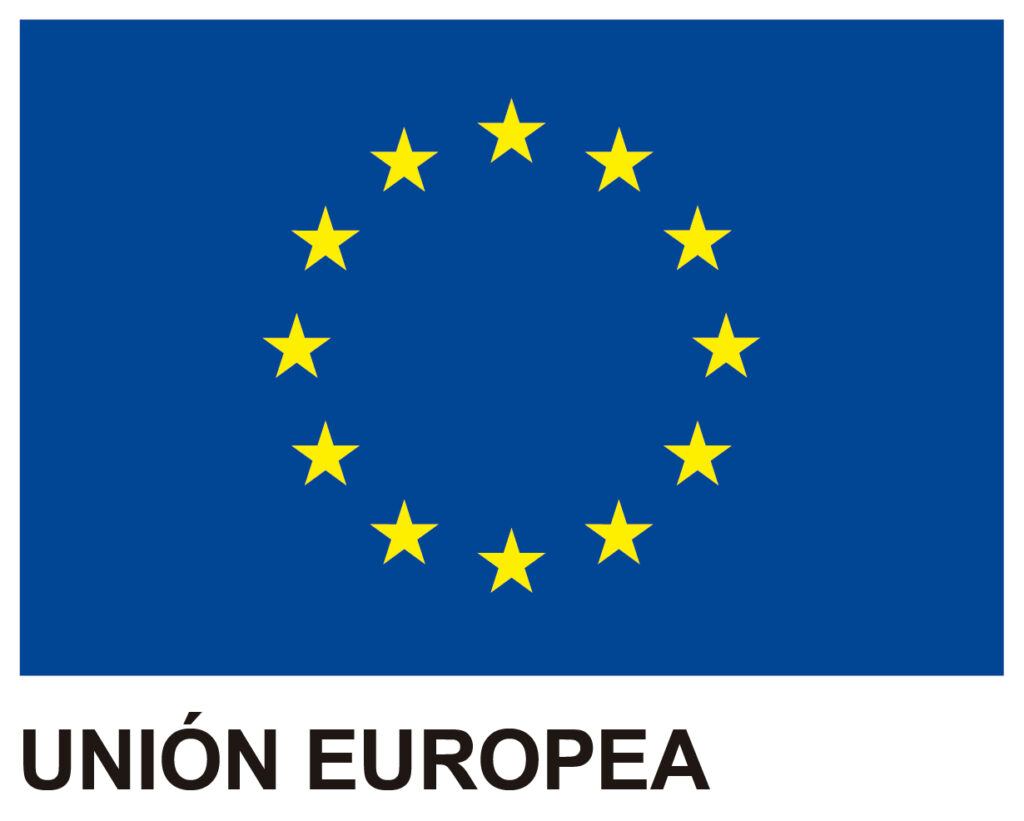A GRC system helps optimize processes and reduce the uncertainty that corporate risks and the level of compliance can generate in organizations. Its goal is to make them more robust, resilient, and to properly manage legal and regulatory compliance.
A GRC system proposes creating and coordinating policies and controls that respond to the materialization of a risk or the organization’s compliance requirements. Additionally, it allows for the automation of many processes, which increases efficiency and reduces complexity.
Why Involve all Areas for the Success of the System?
All areas of the company should be involved in the GRC system to be implemented, as they have the necessary knowledge about their processes, activities, and the information they handle.
They will be responsible for participating in the risk analysis and compliance assessments as required, as well as contributing to the assessment of risks considering the impact and likelihood of occurrence of the materialization of threats to which the processes in their areas of responsibility are exposed.
Likewise, they will be responsible for ensuring that the control measures implemented in their processes are effective, with the aim of mitigating identified risks or complying with applicable regulations or legislation.
What Would Happen if We Don’t Do it?
If all areas are not involved, it would fail to meet the objective of having an organizational culture, which could lead to the following risks and impact the business:
- Non-compliance with applicable regulations or legislation, which can lead to sanctions for the company or loss of credibility from customers.
- Lack of organizational culture in risk management.
- Greater uncertainty in achieving the objectives of each operational process.
- Lack of knowledge of corporate governance objectives.
- Inadequate communication channels between different levels of the organization.
- Resistance to change.
What Roles should be in a GRC System?
Companies that carry out integrated risk and compliance management, as well as adopt measures for regulatory compliance, can achieve many benefits, including:
- Expanding the scale of available opportunities by considering all possibilities.
- Identifying and managing risks throughout the entity, and consequently, sustaining and improving development.
- Increasing advantages while reducing negative situations, as a result of identifying risks and establishing appropriate responses.
- Maintaining high standards of quality and company image.
- Professionalizing the compliance function, providing it with resources and processes that guarantee its operability.
- Reduction of legal and administrative problems.
- Improving resource deployment by having solid information on risks, which allows for an assessment of overall resource needs and establishes priorities in their deployment and allocation.
Thus, it is concluded that it is of great importance for companies to implement an integrated risk and compliance management system. Not only because it will guarantee the proper functioning of their business activities, but also because it will provide many benefits in economic, social, and labor terms. Not to mention that achieving synergy between all areas of the company regarding risk and compliance will be a mitigating factor when incurring a possible regulatory infraction.
How Do We Adjust Everything?
In order to properly manage the risks to which a company is exposed, compliance with the implemented control measures must be ensured through an internal control system. This involves designing and implementing procedures that serve to demonstrate the operation and effectiveness of controls, as well as supervision tasks for these procedures.
On the other hand, the organization’s regulatory compliance must be ensured by executing supervision tasks of the control measures established to meet all identified requirements.
Finally, an internal audit process must be established to provide an independent and objective view of risk control and compliance level, and to allow for the review of the efficiency and effectiveness of the implemented control measures. The goal is to achieve an adequate internal control framework.
The results and incidents of the GRC system must be reported to Senior Management.
In this regard, at GlobalSUITE Solutions we offer solutions to address all the necessary tasks in the execution and maintenance of a GRC system, both from the point of view of centralization and automation of the necessary processes in our GRC software and consulting.
Thanks to the use of the platform, all involved managers will be able to access a single point of information, have a multidisciplinary risk management system with the ability to extract filtered information, as well as establish an audit system that collects all necessary evidence.



